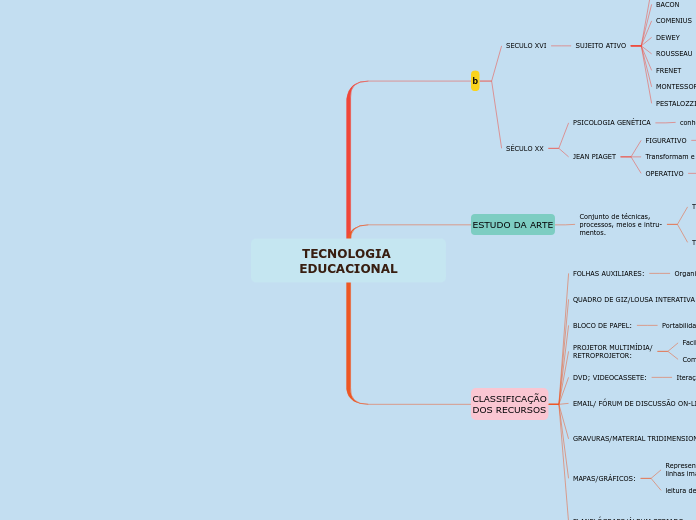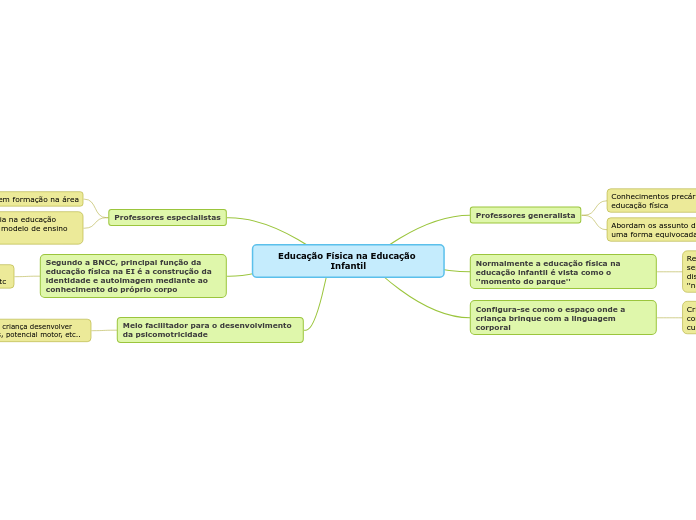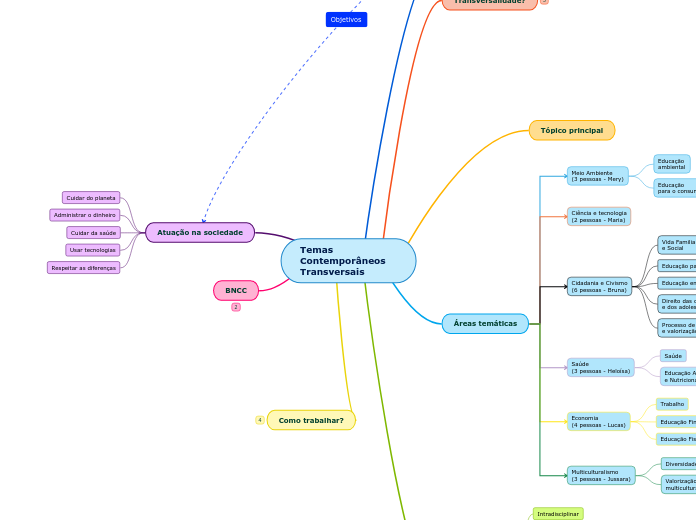TECNOLOGIA EDUCACIONAL
To name your story, you have to think about the overall message and what you want your audience to understand from the story. Also, make it relevant and easy to remember.
CLASSIFICAÇÃO
DOS RECURSOS
The ending of a story is essential. We all know that if the ending is weak, what happened before loses its importance. So make it unpredictable, but fair. A resolved ending answers all the questions and ties up any loose threads from the plot.
FLANELÓGRAFO/ÁLBUM SERIADO:
Coleção de folhas, com; mapas, gráficos, desenhos, textos e outros.
Aprimorar a narrativa
MAPAS/GRÁFICOS:
leitura de informações
Representações gráficas do real, esboçadas em linhas imaginárias.
GRAVURAS/MATERIAL TRIDIMENSIONAL:
Três dimensões (altura, profundidade e largura)
Conjunto de técnicas artísticas
EMAIL/ FÓRUM DE DISCUSSÃO ON-LINE::
Solicitação e envio de documentos de forma rápida.
Ferramenta de dialogo e formação colaborativa
DVD; VIDEOCASSETE:
Iteração e acesso a cenas especificas
PROJETOR MULTIMÍDIA/
RETROPROJETOR:
Compatibilidade e interação professor/aluno
Facilidade de transmissão
BLOCO DE PAPEL:
Portabilidade e facilidade
QUADRO DE GIZ/LOUSA INTERATIVA:
Acessibilidade e praticidade
Simples e intuitiva
FOLHAS AUXILIARES:
This is the moment when the main character surpasses the last obstacle and finally faces their greatest challenge.
The climax usually follows one of these patterns:
- realization
- resolution
- choice
Type in your answer.
Organização dos conteúdos
ESTUDO DA ARTE
The middle of the story is where you add layers of complications that will lead to the end. Reveal more about the character's journey. Did their personality go through changes? How did they overcome the challenges? And as you build up the story’s central conflict, make it more personal to that character. Also, from the middle act, you have to lead into the final act.
Conjunto de técnicas,
processos, meios e intru-
mentos.
Each story has a main character and that character usually needs to solve a problem or challenge. The character's challenge is the one that creates tension throughout the story.
TDIC
Type in any other challenges which other characters in the story need to face.
Computador, Tablets, Celulares.
LÓGICA BINÁRIA, PROCESSAMENTO DE DADOS
TIC
In most stories, there are 3 challenges. The number 3 is a mystical number symbolizing completeness. Try to come up with interesting challenges with which your character needs to struggle.
See a few examples below:
- turns into a werewolf at night
- is sent back in time
Rádio, Jornal, TV analógica
RECURSO AUDIOVISUAL
FACILITAR O ENSINO
b
In the beginning of the story (or the exposition), you will need to introduce the setting and characters. You might also want to introduce the main conflict. This part of the story is important because it gives the reader necessary background information and maybe even a first insight into a character’s personality.
SÉCULO XX
The setting (time & place) of a story can change throughout the plot.
JEAN PIAGET
The time of the story can also change. It can describe the event of a single day or can include an entire year's plot. Anyway, don't forget to mention it.
OPERATIVO
Operações mentais
Transformam e fornecem elementos em conceitos.
FIGURATIVO
percepção,imitação e imagem mental
PSICOLOGIA GENÉTICA
Your story can take place wherever your imagination will take you to.
For example: in an elevator, in an enchanted forest, etc. Don't forget to give details of the environment each time the setting changes, otherwise, the story can be confusing. Also, mention the seasons as each of them has unique weather and events.
conhecimento é construção continua
SECULO XVI
Characters are essential to a good story. Usually, the protagonist(s) is/are the most affected by the plot. Introduce a character by focusing on their actions, interests, and occupation, as the physical appearance doesn't make a difference in most cases.
SUJEITO ATIVO
Type in the name of your character.
PESTALOZZI
MONTESSORIE
FRENET
ROUSSEAU
Add other qualities/attributes of the character.
DEWEY
Add other properties of the character.
COMENIUS
What is your character's main goal?
fight Evilfind lovedefeat his/her enemyrule the worldmake friendstime travelmake an awesome discoveryOther
BACON
Which traits best describe the character's personality? Choose more if necessary:
introvertedloyalkindindependentquick-thinkingadventuresomeidealisticsweet-naturedcalmrisk-takercreativewittystrictfussyweirdclumsyharshaggressivecarelessclingingcowardlycrueldeceitfulimpulsiveOther
MONTAIGNE
Choose the type of your chacter:
Protagonist (main character)Antagonist (main character's opponent)Flat (stereotypical character)Round (his/ her personality develops throughout the story)Static (doesn't evolve as a person throughout the story)Dynamic (dramatical change in personality)Confidant (the main character trusts him/ her)Foil (contrasting character who enhances the personality of another character)Other










